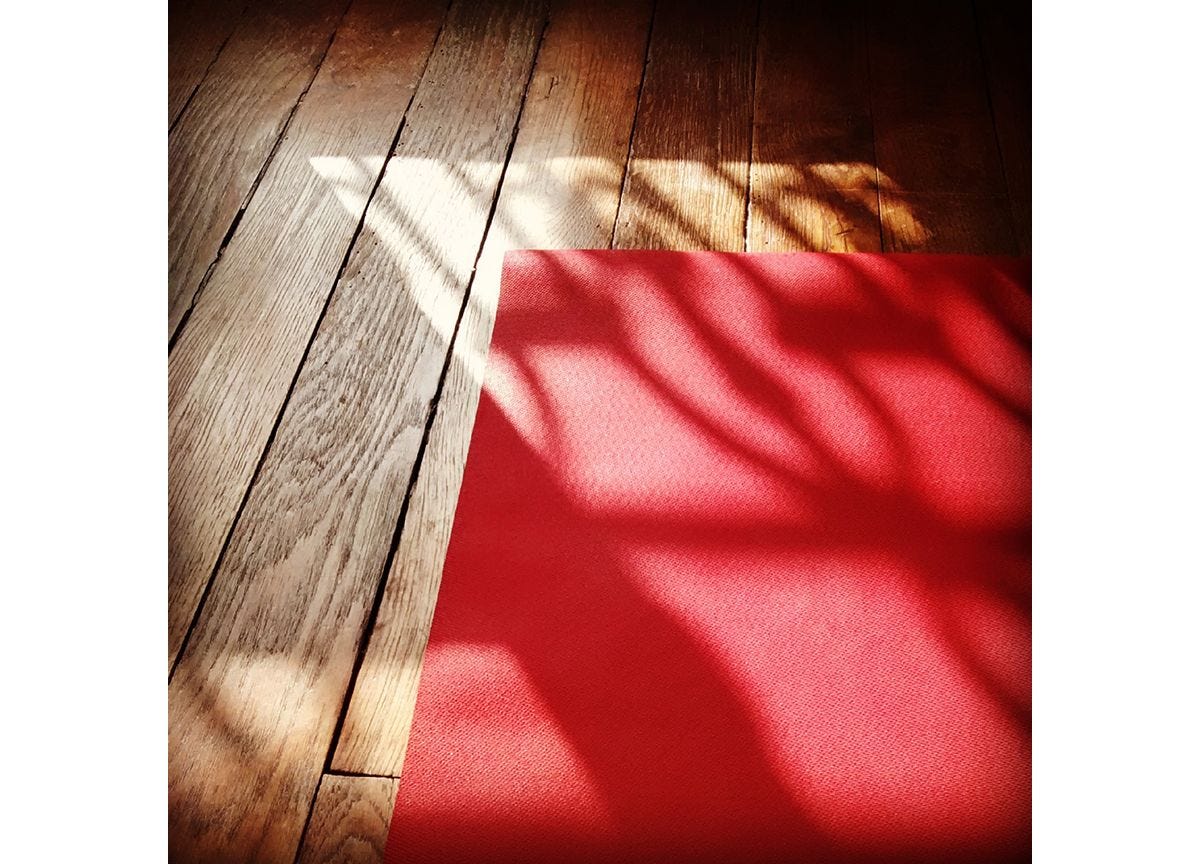Top 3 Picks for Your Home Practice
A carefully chosen set of props can provide stability, increase ease and facilitate the flow of Prana
Thanks to 2020, you probably do yoga more on your own than in a studio. Isn’t it time you upgraded your home practice setup?
The last few months have been less about “taking our yoga off the mat” as much as it has been about “taking our yoga mat back home.” Ashtanga yogis will yammer on about how the only practice is self-practice, but most of us have had to adapt and reorganize our living spaces to make room for the yoga we used to do in the Before Times.
While a sofa cushion can sub for a bolster and a dictionary can replace a block, the more you do yoga in your living room the more you understand the difference that a few practice-specific accessories can make. You don’t have to invest in a lot of elaborate equipment to up your game — a carefully chosen set of props can provide stability, increase ease and facilitate the flow of Prana.
Yoga Mat
This is stating the obvious but your yoga mat is the foundation of your practice. Too squishy and you’ll have trouble balancing; too thin and your joints may not be sufficiently supported. Your mat is the single greatest investment you can make in your yoga practice so spend most of your budget here.
Manduka’s 4.7mm ProLite Yoga Mat is our absolute favorite all-around yoga mat for home because it provides the right combination of thickness, grip and support. You’ll never get confused about which side to stand on because there’s a practice side and a floor side (the one with the dots so it better adheres to the floor.) And it comes in a range of colors if that matters to you. Virtually indestructible, the ProLite will be there for you through years and years and years of practice.
Drawbacks: The ProLite is fucking heavy. At 1,8 kg, it’s the kind of mat that is happiest in a corner of your apartment, not schlepped on the métro at rush hour (although we’ve done that and just sayin’, the mat can double as a battering ram…) The ProLite’s surface can get quite slippery so if you’re an especially sweaty yogi do be sure to cloak your mat in a thin towel.
Yoga Block or Blocks
Not just for beginners! Blocks are invaluable tools for bringing the floor closer to you in standing postures, for passive chest opening when lying on your back, and for creating stability in balancing poses. I highly recommend getting two blocks and getting into the habit of placing one one each side at top of your mat so if you need one, they’re within reach.
Foam or cork… or wood? It really depends on how you’re going to use the blocks. If you think you’ll mostly sit or lay on them, choose foam which is softer. If your blocks are going to be providing extra security in poses like Ardha Chandrasana, opt for cork which sticks to the floor rather well. Wooden blocks are great, too; just be sure not to drop one on your toe as they are heavier than the other types, and be careful when using them on a wooden floor as they slide.
Blanket or Blankets
Do you need a special, yoga-specific blanket? No. Is a yoga-specific blanket better than an Ikea throw? Depends, but the answer is mostly yes and here’s why:
Yoga blankets in general do not have taped edges or any other fiddly edge treatment that could create discomfort in inversions. It also means that when the blanket is folded against itself, there’s nothing slippery or lumpy that will affect its ability to remain stable.
Cotton and wool blankets keep their shape when folded and in general, don’t budge which is what you want when, for example, you’re building an Iyengar fort for shoulderstand. Blankets that are synthetic or a synthetic mix have a tendency to slide around, both underneath you and when folded.






